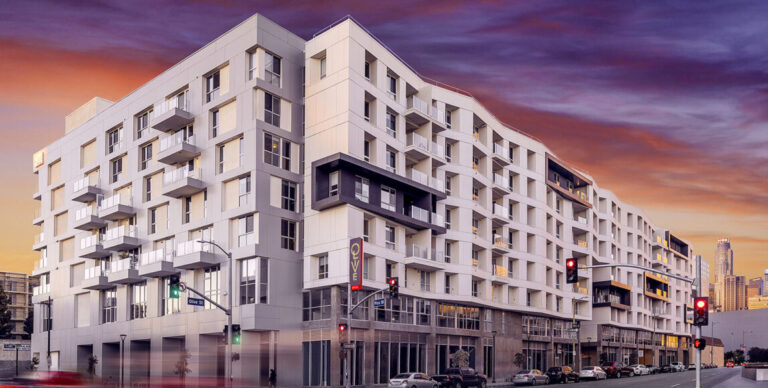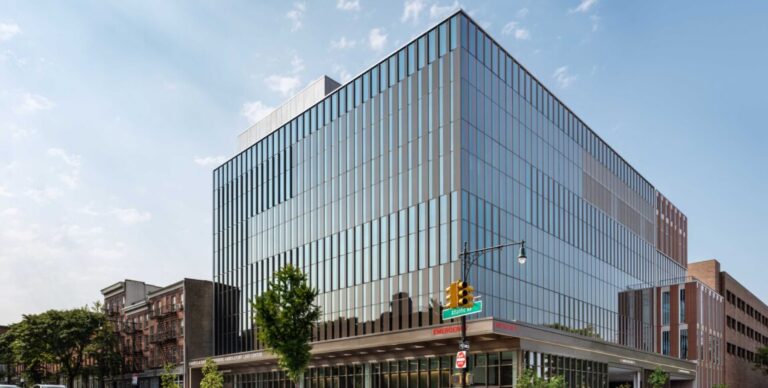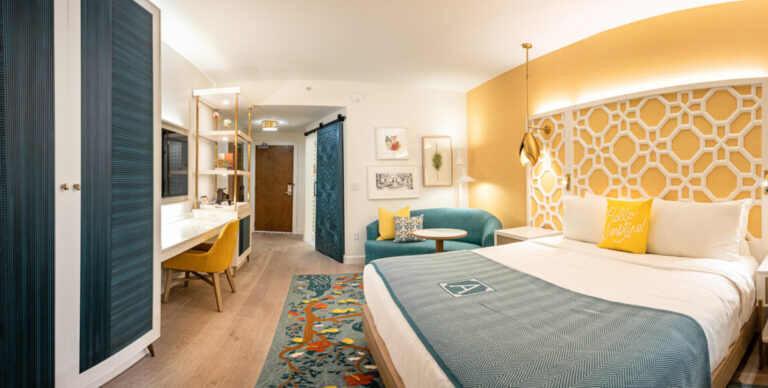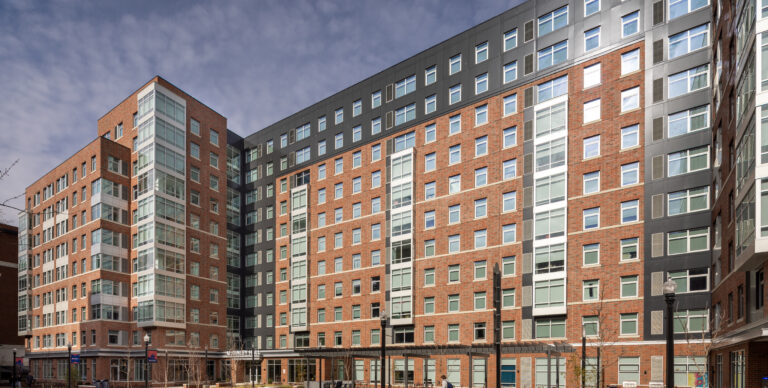L.A.’s Urgent Need for More Production Studio Real Estate

For more than 100 years, Los Angeles has been synonymous with the film industry—but the city’s status as the global capital of motion-picture magic isn’t set in stone. In what is known as the streaming wars, a voracious appetite for digital content is fueling tremendous investment in new film and television production. This year alone, the top streaming services will spend more than $50 billion on content, and cities are in a global race to capture that business.
In L.A., demand is substantially outpacing the availability of studio space. Historically, production facilities operate on a utilization rate of 70%. Today, L.A.’s utilization rate is nearly 100%, and many sound stages have waitlists with a backlog of four to five productions, according to a report from Deloitte. Investors in L.A. have typically focused on acquiring existing studios or on warehouse conversion projects, but for the city to maintain its appeal as a creative center, it is critical that developers build new studio space to meet the growing demand.
Advancing production infrastructure
L.A. has cachet as the birthplace of the film industry, but the reason that filmmakers have continued to stick around is because the city has the infrastructure and resources to support high-scale and high-budget productions. L.A. is home to the legacy studios, 5.4 million square feet of sound stages and expert talent. It is an important ecosystem for content creation, which has a substantial ripple effect on adjacent industries and the local economy. At a recent Bisnow event, a panelist mentioned that every production in L.A. generates an average of 200 daily jobs and has an eight-fold impact on the real estate market.
L.A. developers are working to expand this network to meet new demand. There are currently 14 studio projects and more than 100 sound stages in the construction pipeline. To further spur development, last year the State of California approved legislation to double the current $330 million tax credit budget for the film and TV industry and to extend the tax credit program through 2030. However, it isn’t moving fast enough and more is needed. Based on current production activity and studio utilization rates, Deloitte research forecasts that demand will continue to outpace supply through 2025.
Big barriers to new development
Developing new production space in L.A. is no easy feat. Land availability is the first challenge. Historically, studios are sprawling, spanning upwards of 100 acres. Of course, these legacy studios were built a century ago when land was ample. Getting a land parcel that size in the city today would, of course, be near impossible, but getting any sizable plot for development in L.A. is a real challenge.
Operational expertise is the next hurdle for developers. Production studios have distinctive operating needs, and developers need to understand how to manage a studio before diving into the business. Tenancy is the biggest difference from bread-and-butter commercial assets. The traditional transactional model of a film studio is based on temporary leases. Productions book the facility for just days or months at a time, making it a more management-intensive model than other commercial properties.
As owner’s representatives active in the L.A. production studio space, we have seen many developers approach studio projects as speculative construction because of the business model and make a lot of assumptions about operating a studio. Partnering with a team that has operator experience and a depth of real-time feedback from a variety of production companies will ensure that new developments meet the needs and requirements of filmmakers today and make financial sense for developers. Informed project management teams also have insight into trends that are shaping new production facilities development.
Innovation leads the way
In an effort to gain control over production schedules, the content creation industry is adopting longer lease terms. In recent years, streaming platforms like Amazon and Netflix have eschewed short-term utilization in favor of 10 to 15-year leases. This is already proving to have widespread implications to the standard business model. Netflix has been particularly aggressive in pursuing this strategy. Since 2016, the company has signed 50-plus long-term leases with sound stages globally, and now, Disney and Apple+ have adopted the same tactic to secure space amid an increasingly competitive marketplace.
This disruption in the status quo has lured new operators and developers into the studio sector, and many are innovating solutions and pushing the envelope to tackle common construction challenges. To accommodate new studio developments in city centers with limited land, developers are building vertical production facilities. Although this increases construction costs, the trend toward long-term leases has made this construction style viable. The first vertical studio is already underway in New York City—a seven-story studio for Robert De Niro’s Wildflower Development Group—and it is a glimpse into what could be possible in L.A.
The production industry is exploding, and L.A. developers have a prime opportunity to support the industry through its next phase of growth. By learning the unique operational needs of production facilities, pioneering solutions to construction challenges and partnering with experienced project managers, developers will ensure L.A. remains the global destination for film, television and creative content.
Multifamily Hotelization: Busting Myths, Supporting Realities
Several myths surround the idea of hotelization in the multifamily sector. In response, ApartmentBuildings.com reached out to apartment experts to explore—and bust—many of those incorrect assumptions.





